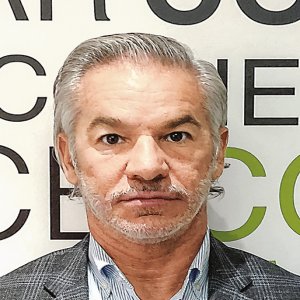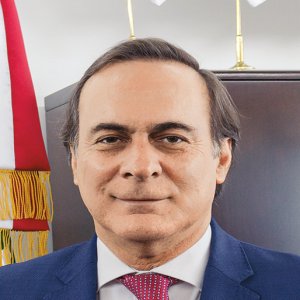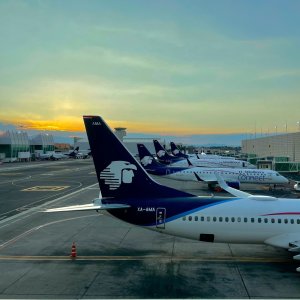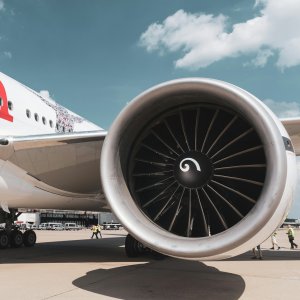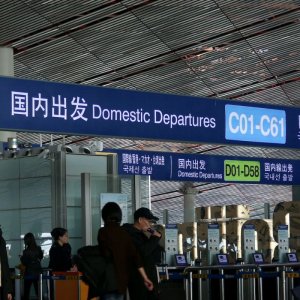A New Approach for Marketing Mexico

STORY INLINE POST
Q: How do you position the Vacacionante brand in a highly competitive market like Mexico?
A: The best way to reach consumers is through a 360° strategy. We need to be present on TV but we must also complement our positioning with a digital offer. It is necessary to generate an audience and segment it to know how to approach each group. We created several companies, such as Vacacionante.com, which is a very successful brand in South America. Through it, we sell vacation programs to several destinations that include Quintana Roo but also Florida and the Caribbean region.
In an attempt to broaden our operations and create more positive results for the sector, we are establishing alliances with Guanajuato and Puebla. Airlines like Volaris, Interjet and Viva Aerobus are increasing the number of internal flights in the country and are also increasing their market share. This ensures that visitors travel to more than one place.
Q: What elements have helped Mexico improve its global touristic ranking and become the sixth-most visited country in the world?
A: There are several elements that allowed this. We have been working for almost 25 years to position Mexico as a touristic destination but it often takes time to see the tangible result of these promotions, sometimes years. The Mexican Tourism Board (CPTM) and the private sector implemented significant marketing strategies over the past 25 years. During this time, tourism figures grew due to several external conditions. One is the debt crisis that Greece suffered 10 years ago, which prevented the country from participating actively in tourism promotion. Turkey also saw a reduction in tourists in the wake of internal strife a few years ago, while Spain lacked the needed tourist infrastructure to receive tourists. These situations combined with other elements, such as Brexit, increased Mexico’s popularity as a tourist destination.
It is important to note that the number of international visitors to Mexico has been a controversial issue. Tourists who visit and spend nights in the country are different from those who use Mexico as a flight hub or who cross the border daily.
Q: What elements should be highlighted to promote Mexico and Quintana Roo in particular as touristic destinations abroad?
A: The 9/11 attacks in the US changed the way in which we promoted Mexico. Before that date, the country depended totally on American tourists. After that, however, tourism from the US fell and we began to receive more visitors from other latitudes. This led to an internal reflection of how the sector was acting and industry companies agreed that we needed to treat visitors better, regardless of their origin. We also agreed that we needed to start marketing Mexico and its destinations in a different way and not just sell sun and beach destination. As a result, we decided to launch a direct marketing campaign. We decided to sell Quintana Roo, Cancun, the Riviera Maya and Tulum as niche products and to market specialized products such as golf, adventure tourism, maritime activities, spas, weddings, gastronomy and shopping.
Q: What can be done to increase the average amount that tourists spend in Mexico?
A: Measuring this number is controversial. The new presidential administration wants to analyze tourism spending as a per capita measure. However, not all tourism is the same, nor is the expense. For instance, tourists from holiday or time-share clubs spend up to US$900 more than traditional tourism customers and stay on average 7.2 nights, a number greater than traditional stays, in which the average ranges between 4.7 and 5.1 nights. Tourists from other segments, such as cruises, also have higher spending levels. The cruise industry in Mexico does not compete with hotels for customers but these cruises are important for destinations like Cozumel because they provide an average expenditure of US$72 per day per tourist, which is higher than what is registered in the rest of the Caribbean.
On the private sector side, businesses need to generate alliances. One misconception is that when tourists stay at all-inclusive hotels they prefer to eat at the resort, instead of dining out, which could not be farther from the truth. We need to figure out how different entities in the sector can complement each other. For instance, restauranteurs can ask hotels to send customers their way and in return the restaurant will provide the customer with a free drink.
Q: How can new and disruptive tourism models such as Airbnb and traditional hoteliers work to boost tourism?
A: Airbnb is introducing an additional offer to the tourist portfolio, which is good for visitors and also hoteliers because it forces us to innovate. We are seeing an interesting phenomenon. Around 15 percent of our guests go to an Airbnb before or after their stay with us, which means that they are not choosing one or the other; they use both options. It is very easy to attack something we do not know or understand but we should get to know what they are doing and try to incorporate what we can to improve our own services.
Q: What are the sector’s expectations for the coming years?
A: We need to consolidate the numbers we already have, defend the number of tourists that come to the country and replace routes that we have lost, like the Russian market. We were creative enough to get Turkish Airlines to open a direct flight between Istanbul and Cancun and I see companies from Cozumel very committed to opening new routes. In addition, Mexican airlines like Viva Aerobus are gaining a significant share of the national market.
Q: What policies should be implemented by the government to further strengthen Mexico’s position as a touristic destination?
A: There are many priorities and not enough budget, so choosing one is not easy. One question that impacts the tourism industry is whether the money that is used for promotion will be used for other purposes. If the new administration wants to build the Mayan Train, the tourism sector will welcome it but the government will need to find new budgetary sources to pay for it, rather than use the money that was used by the CPTM for promotional purposes.
The promotion mechanism that was implanted by the CPTM was internationally recognized and even replicated. The board did not work alone and decided how and where to spend the money jointly with the trusts that were set up by different destinations. Sometimes, the money in a destination’s trust was used to promote the destination on its own and sometimes it was added to money from the CPTM for national campaigns. Another scheme we developed allowed for different funding inputs; if a destination wanted to attract an international event, such as a golf or tennis event or a convention, but did not have enough money, the destination trust put up part of the investment, businesses put up another part and CPTM matched that total investment. This turned out to be a successful strategy over the past few years.

